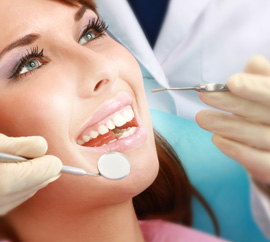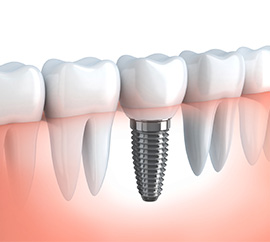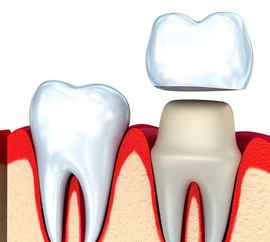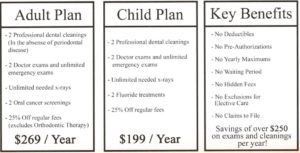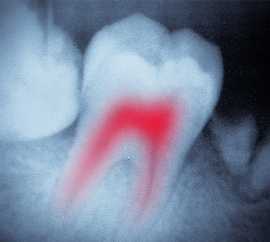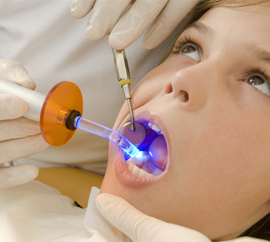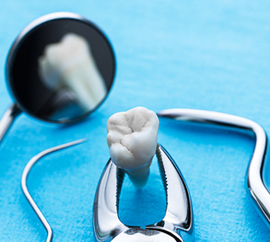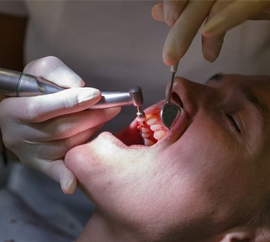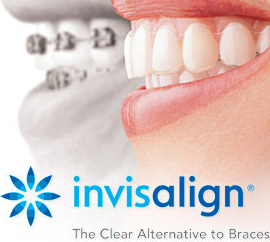Many people avoid visiting the dentist due to stress, anxiety, or a concern regarding pain management. In fact, half of Americans don’t visit the dentist each year, for various reasons. If you’re concerned about making sure that you and your loved ones experience peace of mind and physical comfort in the dentist’s office, we understand. Fortunately, we’re one step ahead of you! Modern sedation makes dental procedures more comfortable for the patient, which in turn allows the doctor to perform procedures with precision and efficiency. Dr. Spillers at Summit Dental in Las Vegas, NV offers three levels of sedation dentistry, and we’ll recommend the best option for you.
Reserve your appointment to learn more about sedation dentistry by calling 702-834-7755.
We Vow to Keep You Comfortable
One of the most important things we do for our patients, in addition to providing clinically precise, evidence-based dental care, is to prioritize patient comfort. You, your parents, children, and those you refer to our office will understand this commitment after just one visit. Part of our commitment to comfort involves giving patients all of the education required to make wise, confident decisions regarding treatment plans. Should you ever have questions or concerns, please voice them. Everyone on our team is prepared to answer questions, or to find answers for you. We consistently present a calm, confident chairside manner and are tuned-in to the nuances of our patients’ needs and desires.
If you express to us that you would like to explore sedation dentistry, we’ll be happy to provide further explanation about the following options.
Nitrous Oxide
Nitrous oxide is more commonly called laughing gas, because it creates a light, giddy feeling when inhaled. Yes, sometimes patients laugh! For over 100 years, nitrous oxide has kept dental patients comfortable during procedures. It is safe for children and adults, and the effects wear off within minutes after the patient breathes normal oxygen. To administer this form of sedation dentistry, we’ll provide you with a mask to wear over your nose. A team member will monitor the amount of nitrous oxide you receive, altering it as necessary to ensure your comfort. You’ll retain your ability to respond to the doctor when he asks questions or makes requests of you. However, your senses will be dulled so that you will not feel pain, anxiety, or stress. After nitrous oxide, the patient can drive and return to work or play without needing supervision.
Oral Sedation
For a bit more intense sedation dentistry, the doctor may recommend Oral Sedation. This involves taking a prescribed tablet, usually valium or halcyon, about one hour before your scheduled procedure. You will experience drowsiness, but you won’t be “put to sleep”. Patients sometimes relax to the point of falling asleep, though. With Oral Sedation, you’ll remain able to communicate with our team. Most patients remember nothing of their appointment after the sedative wears off which generally takes a few hours. Since you will not be allowed to drive while on a sedative, a driver must be prearranged to bring you to and from the visit. Schedule the entire day at home and then plan to return to normal activities the following day.
IV Sedation
The deepest level of sedation we offer is IV sedation, administered through IV. IV sedation is best suited for people who are highly phobic of dental procedures, or those requiring invasive treatments, like a complex root canal. Once you’re made comfortable, you’ll be given an IV and the appropriate level of sedation. You’ll feel very groggy; some people call this twilight dentistry. As with the oral sedative, you’ll need a ride to and from your appointment, and expect to remain at home for the remainder of the day, after your procedure.
Schedule Sedation Dentistry Now
To discuss sedation options, ask questions about your procedure, or schedule sedation for an upcoming appointment, call Summit Dental today at 702-834-7755. Our team is ready to serve you and your family with comfortable preventive, restorative, and cosmetic dentistry.

